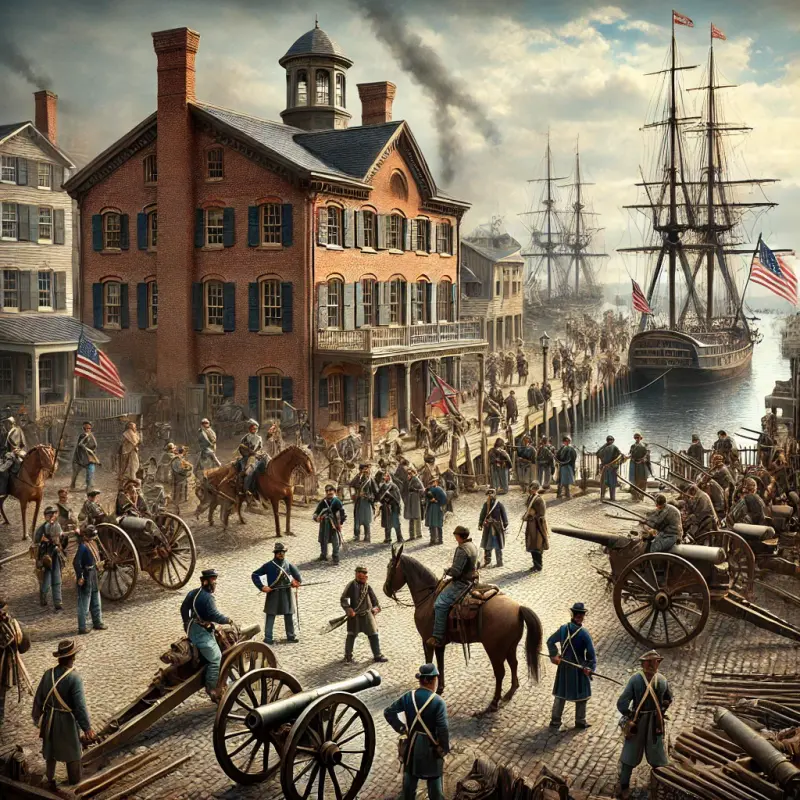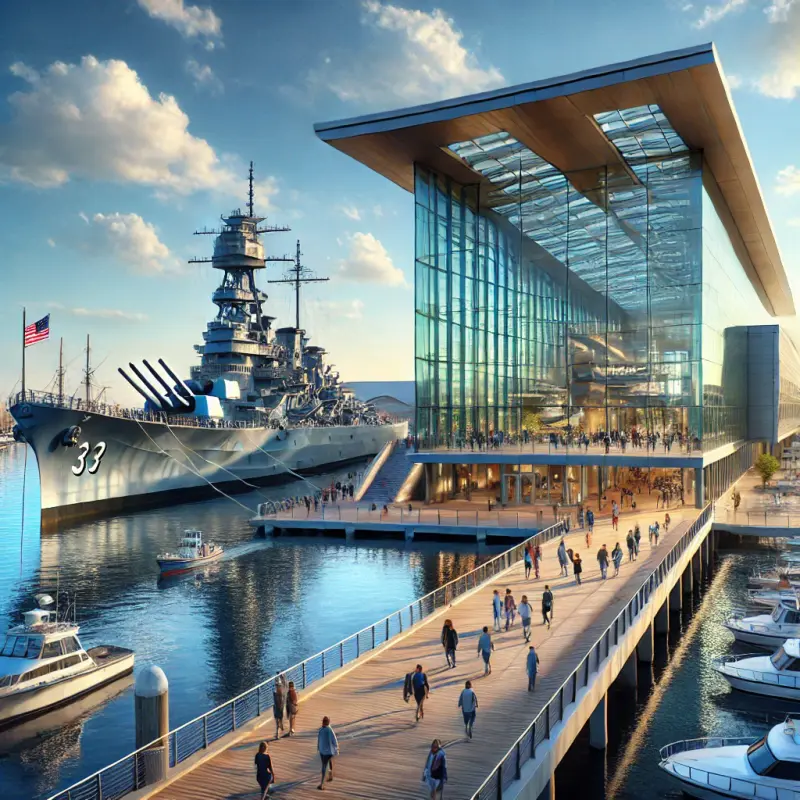
The Rich and Fascinating History of Norfolk, Virginia
Introduction
Norfolk, Virginia, is one of the most historically significant cities in the United States. Established in 1682, it has played a crucial role in America's colonial past, the Revolutionary War, the Civil War, and modern military and economic developments. Located in the southeastern part of Virginia, Norfolk is a cultural and economic hub, home to one of the largest naval bases in the world and a vibrant downtown area that reflects its deep historical roots. This blog explores the rich and dynamic history of Norfolk, tracing its development from its early days to the present.
Early Settlement and Colonial Era (1607-1775)
Norfolk’s history begins with the arrival of English settlers in the early 17th century. In 1607, the same year Jamestown was founded, Captain John Smith and his fellow settlers explored the Chesapeake Bay, including the area now known as Norfolk. Originally home to the indigenous Chesepian people, the land was later granted to colonists by the British Crown.
By 1682, Norfolk was officially established as a town. Thanks to its deep natural harbor, it quickly became a thriving seaport. The town grew through trade, particularly in tobacco, timber, and naval supplies. By the early 18th century, Norfolk had become the most prosperous port in Virginia, known for its shipbuilding and international trade connections.
The American Revolution and Norfolk’s Destruction (1775-1783)
Norfolk played a pivotal role in the American Revolution. As tensions between the American colonies and Britain escalated, the city became a hotbed for revolutionary sentiment. However, Norfolk was also home to many Loyalists who supported the British Crown. This division led to conflict when Lord Dunmore, the last Royal Governor of Virginia, used Norfolk as a base for British operations.
On New Year’s Day 1776, the British bombarded Norfolk, leading to the destruction of much of the city. Patriots later set fire to the remaining structures to prevent the British from reclaiming them. This left Norfolk in ruins, marking one of the most devastating events in the city’s history. Despite this setback, Norfolk was gradually rebuilt in the following decades, once again emerging as a key commercial and shipping center.

Norfolk in the 19th Century: The Civil War and Industrial Growth (1800-1899)
Throughout the 19th century, Norfolk continued to expand, benefiting from its strategic location. The city was deeply involved in maritime trade, including the shipping of cotton and tobacco.
During the Civil War, Norfolk was a vital Confederate stronghold due to its port and shipyards. In 1862, the famous Battle of Hampton Roads took place nearby, featuring the historic clash between the ironclad warships USS Monitor and CSS Virginia (formerly the USS Merrimack). This battle marked a turning point in naval warfare. Later that year, Union forces captured Norfolk, securing its naval facilities for the remainder of the war.
After the war, Norfolk underwent significant industrial growth. Railroads expanded, and new industries, including shipbuilding and manufacturing, flourished. By the late 19th century, Norfolk was well on its way to becoming a modern city.
The 20th Century: Military Expansion, Civil Rights, and Urban Development
The 20th century saw Norfolk grow into a major military and economic hub. With the establishment of the Norfolk Naval Base in 1917, the city became one of the most important military centers in the country. The base continues to be the largest naval station in the world, playing a critical role in American defense.
During World War II, Norfolk’s shipyards were crucial in producing and repairing naval vessels, leading to an economic boom. The city also became a key location for naval training and logistics, contributing to its ongoing prosperity.
In the mid-20th century, Norfolk played a significant role in the Civil Rights Movement. In the 1950s and 60s, the city saw protests and legal battles over school desegregation and racial equality. In 1958, Norfolk made national headlines when it closed several public schools rather than comply with integration orders. Eventually, the schools reopened, marking a step forward in the fight for civil rights.
The latter half of the 20th century saw extensive urban renewal efforts. Norfolk revitalized its downtown, expanded its waterfront area, and modernized its infrastructure. The construction of the Waterside Festival Marketplace and MacArthur Center Mall helped attract businesses and tourism.

Norfolk Today: A Blend of History and Modern Innovation
Today, Norfolk is a thriving city that balances its historical roots with modern development. It is home to cultural institutions like the Chrysler Museum of Art, the Virginia Zoo, and the Nauticus maritime museum. The Norfolk Botanical Garden and the city’s extensive waterfront continue to draw visitors from around the world.
The city remains a major military center, with the Naval Station Norfolk, Joint Expeditionary Base Little Creek-Fort Story, and numerous defense contractors supporting national security efforts. It is also a hub for education, with institutions like Old Dominion University, Norfolk State University, and Eastern Virginia Medical School playing vital roles in research and workforce development.
Conclusion
Norfolk, Virginia, has a history that spans over 300 years, filled with moments of triumph, tragedy, and transformation. From its early colonial days to its current status as a vibrant cultural and military hub, Norfolk continues to evolve while preserving its rich heritage. Whether you’re a history enthusiast, a military veteran, or a traveler exploring the Chesapeake Bay, Norfolk offers a unique and fascinating glimpse into America’s past and future. Its resilience and adaptability ensure that it remains a cornerstone of Virginia’s history and a beacon of progress for years to come.